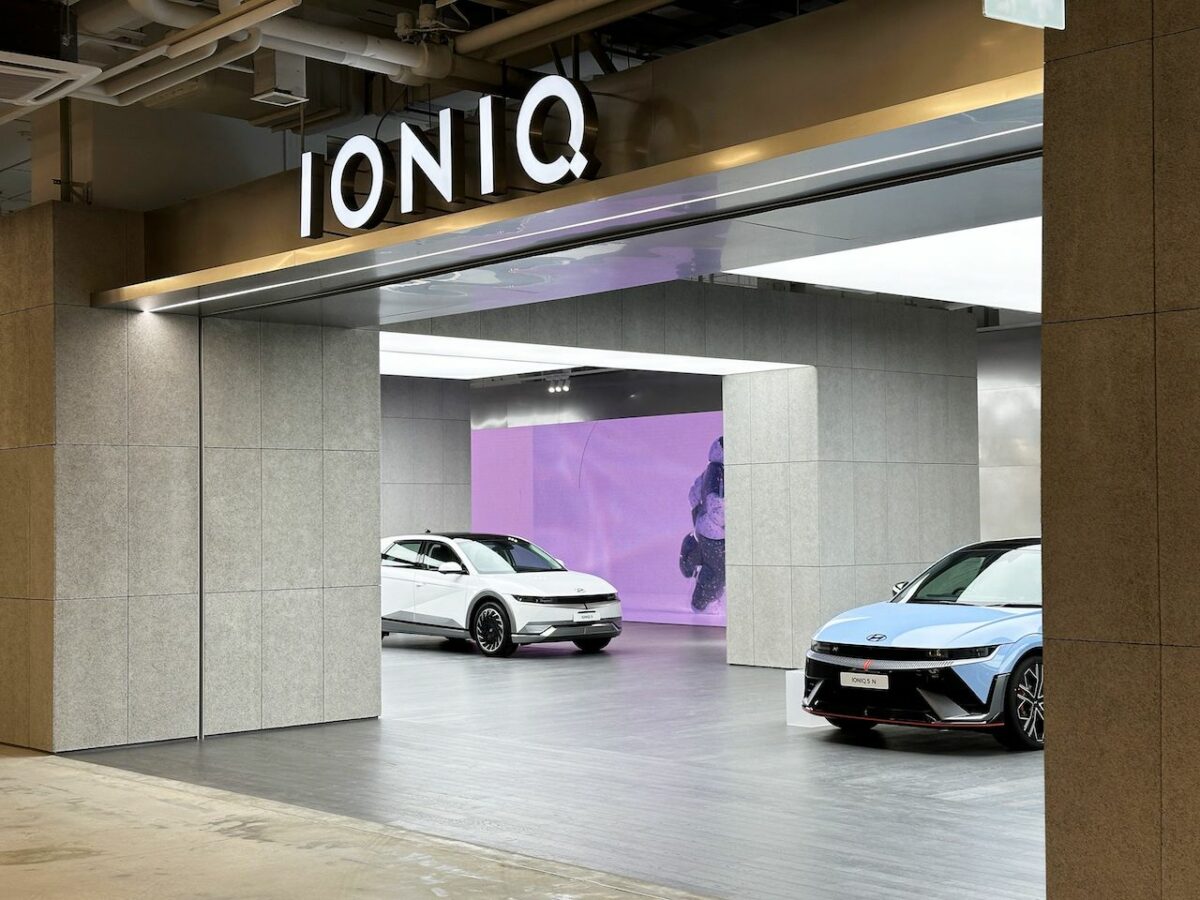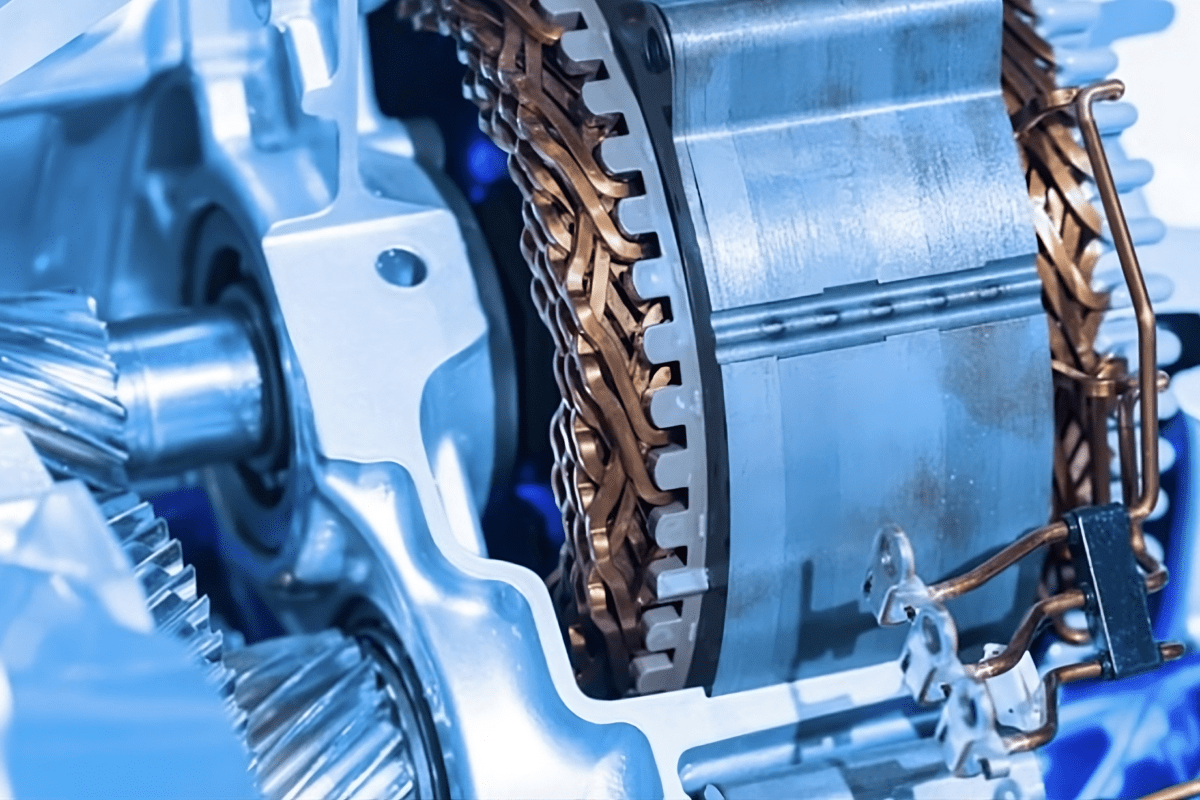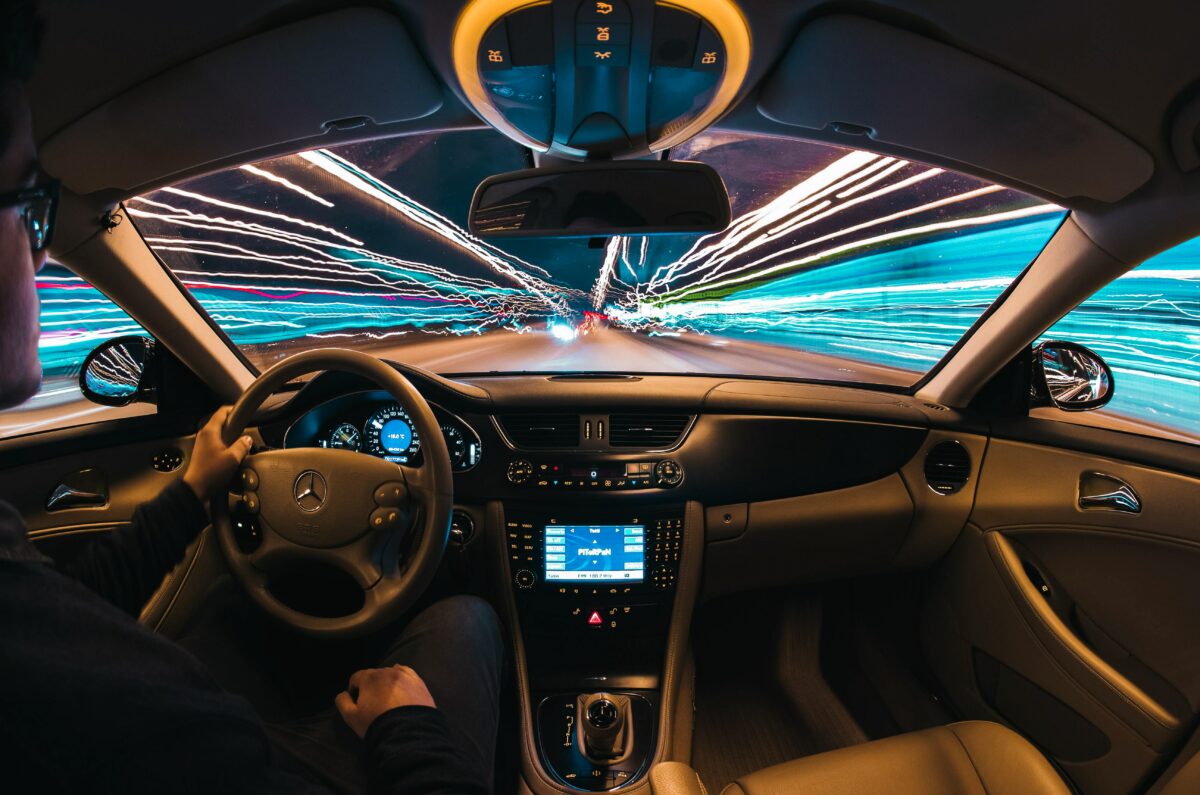For decades, the traditional car dealership has remained largely the same. Having always boasted lots upon lots of vehicles from many different brands to browse and purchase, alongside a strong team of salespeople to pitch and persuade, the dealership has for many years been the first port of call for anyone looking to purchase a new vehicle. However, the connected, autonomous, shared and electric (CASE) trends taking the automotive industry by storm are leaving no stone unturned in the pursuit of new revenue streams.
The advent of the World Wide Web can perhaps in hindsight be seen as a turning point for the dealership. In contrary to the past, the majority of customers are now beginning their sales journeys online, coming only to the dealer once the final specifications have been narrowed down.
Over the coming few years is that these dealers must continue to make the most of their existing assets while also beginning to tap into new mobility trends
Likewise, greater connectivity provided by the Internet and cellular networks is forcing consumers to consider whether they need to own a personal vehicle at all. Suddenly, the future for these well-established pillars of the community is looking increasingly fragile.
However, the final death knell has not yet been rung for those dealers willing to adapt to the new world. A first option could be found in understanding the mobility demands of local markets—whether these markets are desperate for electric vehicle charging stations, on-demand last and first-mile mobility, or nesting hubs for autonomous vehicles—to reshape the traditional dealer business model around these new emerging revenue streams.
The ability to offer customers a seamless, omnichannel buying experience will allow dealers to guide customers into their showrooms, just as their parking lots have done in the past
Likewise, just as more consumers are doing their homework online so should the dealers. The ability to offer customers a seamless, omnichannel buying experience will allow dealers to guide customers into their showrooms, just as their parking lots have done in the past. In addition, offering shared mobility services—which are often pegged as the major threat to the traditional dealer model—could allow dealers to reposition themselves in the market today.
While many of the new mobility megatrends could, on paper at least, pose a great threat to the dealership, an important takeaway is that dealers should not yet be waving the white flag. The early maturity of many of the CASE technologies means time is still somewhat on the side of the dealer. Whilst tapping into these new mobility trends, dealerships must continue to keep their eye on the ball with their existing assets. This juggling act will give them experience and a customer base that could secure their future in the decades to come.
The changing role of the car dealership is explored in further depth in Automotive World’s latest special report, ‘Does the car dealership have a future?’, featuring analysis and insight from a range of industry stakeholders.



